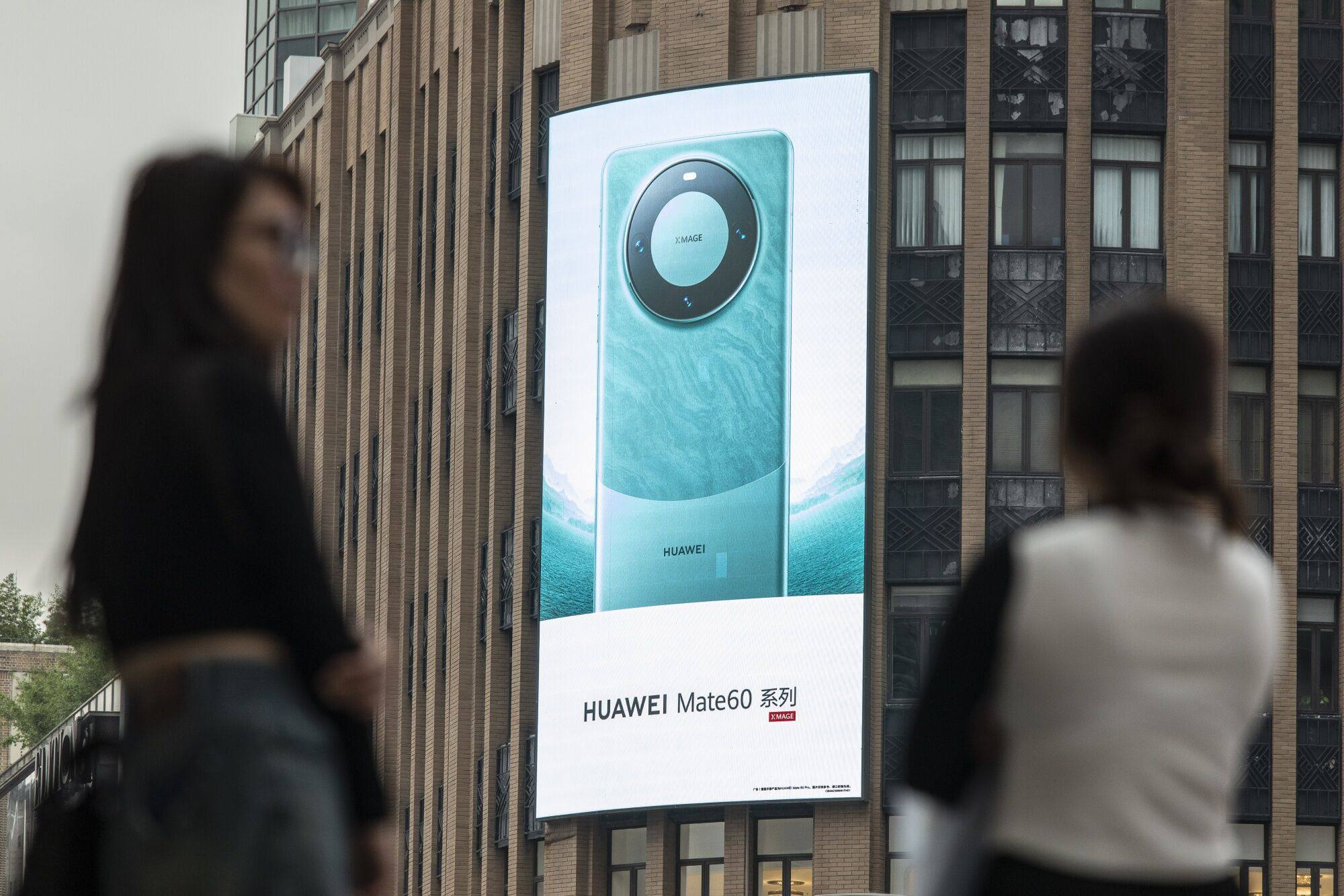
Tech war: Ofilm, formerly blacklisted by US and dumped by Apple as supplier, is contractor for Huawei’s Mate 60 phone
- Ofilm is producing most camera modules used in Huawei’s new flagship smartphones, according to a local media report
- The component manufacturer was kicked out of Apple’s supplier list after it was temporarily put on a US trade blacklist
Ofilm founder and chairman Cai Rongjun was cited in the report as saying that the company was “living unyieldingly” amid challenges.
Ofilm did not immediately respond to a request for comment on Friday.
While Ofilm has not publicly confirmed its dealings with Huawei, the company told investors in September that it achieved technological breakthroughs in high-end cameras. It also said that its products, including telephoto, macro and ultra-wide-angle lenses, had been adopted by mainstream Chinese smartphone makers.

Reports of Ofilm’s contract with one of China’s most well-known smartphone brands have sent its Shenzhen-listed shares soaring in the past two weeks. Its stock closed at 10.30 yuan on Friday, up nearly 70 per cent from September 28.
Orders from Huawei would provide much-needed business to Ofilm, which at one time lost over two-thirds of its market value. Even after the US government removed Ofilm from its so-called Entity List in June 2022, the firm has struggled to recover from losing its biggest client Apple, reporting a widened loss of 5.18 billion yuan (US$708 million) last year.
After it was named an Apple supplier in 2017, Ofilm quickly became a star in China’s stock market, with its shares surging by more than 11-fold from its debut price seven years earlier. Apple CEO Tim Cook visited the camera maker’s factory that same year, writing on Chinese social media site Weibo that he had seen “remarkable” things there.
But Ofilm’s status began to crumble after the US Department of Commerce in July 2020 added Nanchang Ofilm Tech, one of Ofilm’s main factories, to the US trade blacklist along with 10 other Chinese entities. In 2021, Apple ditched Ofilm from its suppliers’ list.


